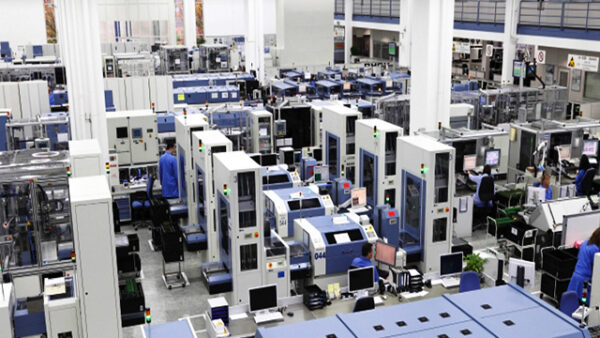Whether you are looking for an expensive MRI machine to enhance the accuracy of your diagnosis or a robust power loom to increase your production, powerful and sturdy machinery is at the core of a healthy business. Good machinery not only boosts your productivity, but also helps in streamlining operations, thereby optimising your resources. Naturally, it will ultimately result in increased profitability. However, when it comes to buying or leasing equipment, making the decision is tricky. To help you understand which option is better, here’s a quick comparison between the two.
Ownership of the equipment
Leasing doesn’t give you ownership rights over the equipment. The equipment is simply in your possession for the period for which you make payments. You can choose this option if you need the equipment for a short period of time or if you need to upgrade it on a yearly basis.
On the other hand, buying equipment gives you full ownership of the machinery. So, if you are planning on using it for a longer time and are sure it will retain its value, you can buy it and sell at a later date. Purchasing also give you the freedom to customise it as per your business’ needs.
Total cost of the equipment
Leasing naturally increases your cost of acquiring the equipment as you are charged on a monthly basis, while buying reduces your cost of acquisition and adds to your company’s asset portfolio.
Room for upgradation
When you acquire equipment on lease you don’t have the option to upgrade it with the latest technologies or tweak it match your business needs simply because you don’t own it. Even if you want to lease the latest equipment, you have to wait until the end of the lease period or pay a fee to opt out midterm. On the other hand, buying gives you the freedom to make changes to your equipment as and when you wish to, so it is compatible with rapidly fluctuating business needs.
Bundling of machinery
Leasing lets you procure multiple pieces of equipment for various production processes through a single package, and you can address multiple areas without incurring crippling costs. In this regard, buying isn’t ideal as most often you can’t automate your entire production process in one go owing to the high initial costs.
Ability to meet upfront costs
Most equipment leases don’t require down payment. Buying equipment, on the other hand, demands significant finances and may demand down payment, depending upon the total cost. In both cases, you have to be prepared to part with a sizeable sum. However, you can make this easy on your business’ finances by availing a machinery loan.
Consider Bajaj Finserv’s Machinery Loan to buy or lease equipment as it offers up to Rs.30 lakh at affordable machinery loan interest rates. What’s more, you can also opt for the Flexi Loan Facility that allows you to withdraw funds from your sanction as you go and pay interest only on the amount you utilise.
Also, you can choose to pay interest-only EMIs and repay the principal portion of the loan at the end of the tenor to manage your cash flow better.
With the right financial resources by your side, you can lease or purchase machinery as per your convenience. In fact, to get a machinery loan in a flash, you can start by checking your pre-approved offer from Bajaj Finserv.

